The Rich History of Camp Downer
Our tale begins with Charles Downer, a visionary who, in 1909, generously donated 400 acres to the state envisioning a forest preserve. He had a soft spot for forestry and even attempted to import Norwegian firs, although fate intervened, and they sank with the Titanic.
As the years rolled on, the 1930s saw the Civilian Conservation Corps (CCC) leave its mark on the land. They crafted a peaceful pond for boating and built many structures, setting the stage for a camp that would embody Charles Downer's educational aspirations.
The year 1945 heralded the birth of Camp Downer, initially introduced as Downer 4-H Camp. It aimed to provide an affordable summer haven for 4-H members from various Vermont counties. Though cabins were not part of the original setup, the campers were housed in dormitories left behind by a previous camp, Camp William James (CWJ).
As the narrative unfolded into the late 1950s and 1960s, 4-H clubs from different counties rallied together to construct cabins for the camp. A memorable event occurred between 1964 and 1968 when one of the original dormitories collapsed, paving the way for the creation of the nurses and directors cabins, which are still in use today. By 1974, the camp fee had risen, but the camp carried on its tradition of hosting stay-over weekends, and in 1977, funds from the closure of another camp, Camp Ingalls, were utilized to build a Nature cabin at Camp Downer.
Fast forward to 2004, a significant year for Camp Downer as it approached its 60th anniversary. A decision by the University Extension Service to sever ties with 4-H camping brought about a new era. Rising to the occasion, Downer 4-H Camp, rebranded to Camp Downer, reaffirming its commitment to providing an affordable camping experience. This change signified a stride in continuing the legacy of fostering educational and recreational opportunities in a natural setting, staying true to the original vision of Charles Downer.


